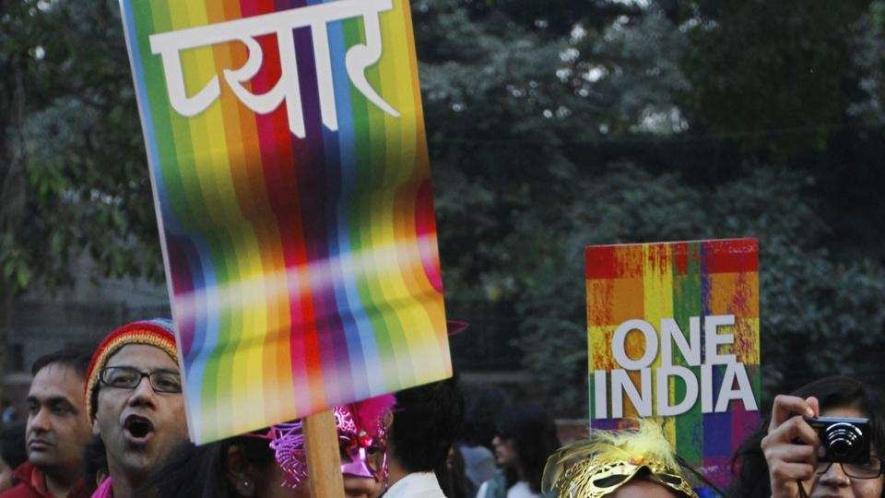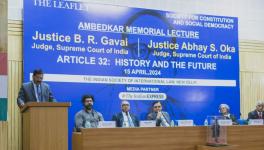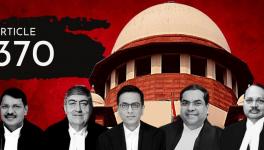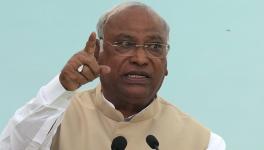The Section 377 Judgement has Also Brought in Transformative Constitutionalism

The Supreme Court's judgement yesterday in Navtej Singh Johar and Ors v. Union of India Thr. Secretary Ministry of Law and Justice has been widely celebrated as it has decriminalised section 377 of the Indian Penal Code (IPC). Apart from finally providing constitutional relief to the members of the LGBTQ community, the judgement has also reintroduced the concept of 'transformative constitutionalism' to Indian jurisprudence. The five Judge Bench offered four concurring judgements authored by the Chief Justice of India (CJI) Dipak Misra, Justice Rohinton Fali Nariman, Justice A. M. Khanwilkar, Justice Dhananjaya Y. Chandrachud, and Justice Indu Malhotra. Of these judgements, the CJI and Justice Chandrachud relied on transformative constitutionalism.
The CJI traced a nascent origin of the concept in the State of Kerala and another v. N M Thomas and others, wherein, according to the CJI, the Court observed that the “Indian Constitution is a great social document, almost revolutionary in its aim of transforming a medieval, hierarchical society into a modern, egalitarian democracy and its provisions can be comprehended only by a spacious, social-science approach, not by pedantic, traditional legalism.”
The CJI referred to several judgements from South Africa to explain the concept of transformative constitutionalism, despite initially grounding the concept in a 1976 decision of the Supreme Court, as it has been developed largely in the jurisprudence of South Africa. The first judgement was the Road Accident Fund and another v. Mdeyide. In this decision, the Constitutional Court of South Africa described the South African Constitution as transformative to the extent that it should ensure to the weakest sections of society the realisation of their rights so they can enjoy a dignified life.
The second decision was Bato Star Fishing (Pty) Ltd v. Minister of Environmental Affairs and Tourism and others. In this decision, the Constitutional Court observed that the South African Constitution differed from other constitutions to the extent that all other constitutions assume all people to be equal. In contrast, the South African Constitution recognises the history of discrimination and as such, strives to achieve equality.
In the President of the Republic of South Africa v. Hugo case, the Supreme Court of South Africa recognised that the purpose of their new constitutional and democratic order was to establish a society where all human beings are accorded dignity and respect, irrespective of their membership to particular groups.
The concept was developed further in Investigating Directorate: Serious Economic Offences and others v. Hyundai Motor Distributors (Pty) Ltd and others: In Re Hyundai Motor Distributors (Pty) Ltd and others v. Smit NO and others. In this decision, the Constitutional Court of South Africa recognised the need to interpret the Constitution based on the circumstances, since circumstances can always change.
Applying transformative constitutionalism, the CJI referred to the judgements of the Supreme Court, such as the Hadiya case where the Court had upheld the right of two consenting adults to get married. Another was the decision in Shakti Vahini v. Union of India, where the Court had struck down social strictures against marital unions through khap panchayats. Thus, the CJI demonstrated the manner in which the changing times ought to be the catalyst to transform society through the Constitution.
Justice Chandrachud when dealing with transformative constitutionalism in the context of section 377 of the IPC stated: “In its transformational role, the Constitution directs our attention to resolving the polarities of sex and binarities of gender. In dealing with these issues we confront much that polarises our society. Our ability to survive as a free society will depend upon whether constitutional values can prevail over the impulses of the time.”
Elaborating further, Justice Chandrachud stated: “The ability of a society to acknowledge the injustices which it has perpetuated is a mark of its evolution. In the process of remedying wrongs under a regime of constitutional remedies, recrimination gives way to restitution, diatribes pave the way for dialogue and healing replaces the hate of a community. For those who have been oppressed, justice under a regime committed to human freedom, has the power to transform lives. In addressing the causes of oppression and injustice, society transforms itself. The Constitution has within it the ability to produce a social catharsis. The importance of this case lies in telling us that reverberations of how we address social conflict in our times will travel far beyond the narrow alleys in which they are explored.”
The implications of adopting transformative constitutionalism will certainly have a bearing on the future decisions of the Supreme Court. One will have to wait and see how this will play out in the two upcoming decisions, i.e. the Aadhaar judgement, and the decision in referring the Babri Masjid case to a larger Bench. In both these upcoming decisions, it will have to be observed how transformative the Court will be.
Get the latest reports & analysis with people's perspective on Protests, movements & deep analytical videos, discussions of the current affairs in your Telegram app. Subscribe to NewsClick's Telegram channel & get Real-Time updates on stories, as they get published on our website.
























